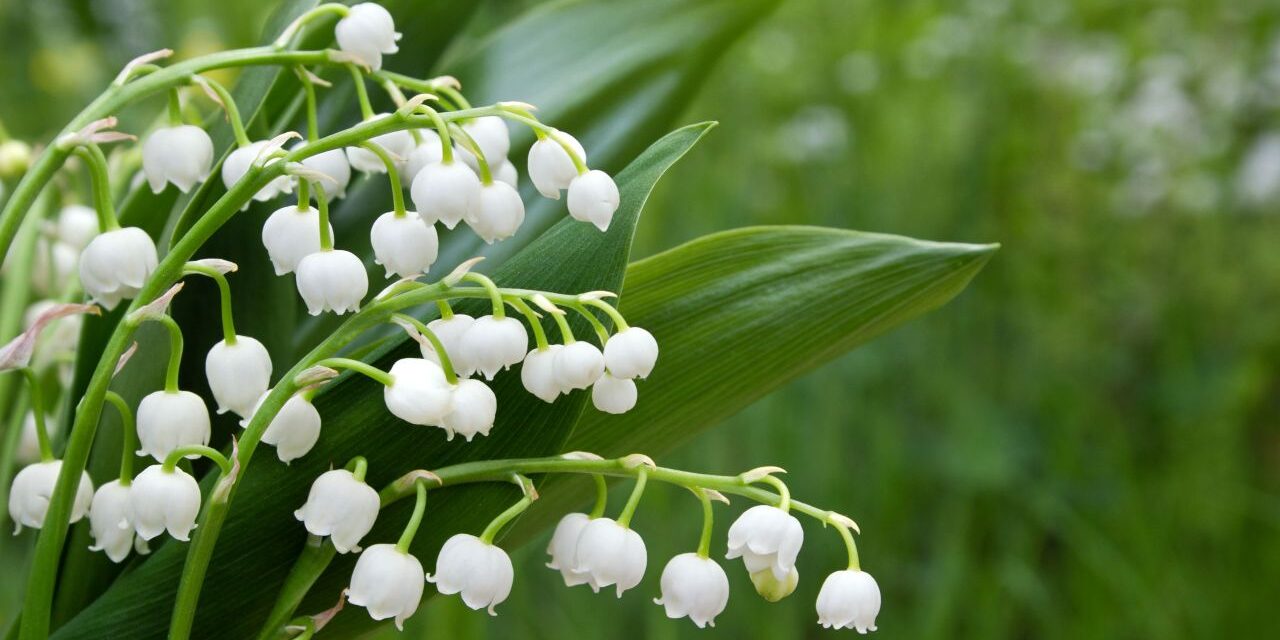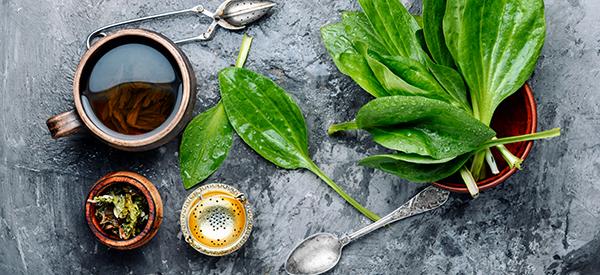
Lily Of The Valley
With its delicate white blossoms and sweet fragrance, Lily of the Valley has long been admired in gardens and woodland settings. But behind its beauty lies a plant steeped in medicinal folklore, spiritual symbolism, and potent — even dangerous — chemistry. Once used by herbalists for its powerful effects on the heart and nervous system, Lily of the Valley is both revered and feared.
This is a plant to approach with deep respect. When used properly and in skilled hands, it offers remarkable therapeutic potential. But its toxic nature means it’s not one for casual experimentation.
What Is Lily Of The Valley?
Lily of the Valley (Convallaria majalis) is a low-growing perennial native to Europe and parts of Asia but naturalized across North America. It thrives in shaded woodlands, producing small bell-shaped white flowers in spring, followed by bright red berries.
Despite the name, it’s not a true lily. It belongs to the Asparagaceae family and is more closely related to asparagus than to the familiar lily varieties.
This plant has a long history of medicinal use in folk traditions, particularly for supporting heart function, soothing nervous disorders, and treating water retention. However, all parts of the plant — roots, stems, flowers, and berries — are highly toxic if misused.
Benefits Of Lily Of The Valley
When prepared and administered by experienced herbalists, Lily of the Valley has been used historically for:
- Cardiac Support: Contains cardiac glycosides (similar to digitalis) that help strengthen heart contractions and regulate arrhythmias.
- Diuretic Properties: Traditionally used to reduce water retention, especially in cases of congestive heart failure or kidney imbalances.
- Calming the Nerves: Folk medicine practitioners sometimes employed Lily of the Valley in calming herbal blends for mild anxiety and emotional distress.
- Improving Circulation: It has been used to stimulate blood flow and relieve stagnant conditions.
- Headache Relief: An old European remedy used the scent and decoctions of the plant for migraines and tension headaches.
It’s important to note: while these uses are documented in traditional herbal medicine, modern use is extremely limited due to the plant’s toxicity. Only highly trained professionals should work with it internally.
Dangers Of Lily Of The Valley
This plant is not safe for casual use. All parts contain convallatoxin and other cardiac glycosides, which can cause serious — even fatal — symptoms when ingested improperly.
Symptoms of Lily of the Valley poisoning may include:
- Nausea and vomiting
- Irregular heartbeat or bradycardia
- Confusion, dizziness
- Diarrhea
- Seizures
- In severe cases, cardiac arrest
Even touching the plant and then rubbing your eyes or mouth may cause irritation in sensitive individuals. Pets and children are especially vulnerable.
Are Lily Of The Valley Poisonous?
Yes — Lily of the Valley is poisonous to humans, pets, and livestock. Just a small amount can lead to serious heart-related complications. The berries, in particular, may look attractive to children but are dangerously toxic.
Because of this, modern herbalists rarely use Lily of the Valley outside of homeopathic or externally prepared applications, and only under strict supervision. It is not a plant for casual foraging or DIY remedies.
How To Plant Lily Of The Valley
Despite its toxicity, Lily of the Valley remains a popular garden plant because of its low maintenance, shade tolerance, and beautiful fragrance. It thrives in cool, damp, shaded areas and is ideal for woodland-style plantings.
Steps to plant Lily of the Valley:
- Choose a shady location with moist, well-drained soil.
- Plant rhizomes (called “pips”) about 1–2 inches deep and 4–6 inches apart.
- Water thoroughly after planting.
- Mulch around the base to retain moisture and suppress weeds.
Once established, it will spread via underground rhizomes, forming a dense mat of foliage and blossoms each spring.
When Should You Plant Lily Of The Valley?
The best time to plant Lily of the Valley is in early spring or fall.
- Spring planting (after the last frost) gives pips time to establish before the growing season.
- Fall planting allows roots to settle in before winter dormancy, resulting in early blooms the following spring.
If you’re planting in containers, ensure proper drainage and avoid placing pots where curious pets or children might interact with the plant.
Plants That Look Similar To Lily Of The Valley
It’s important to identify Lily of the Valley correctly, especially due to its toxic nature. Several plants have similar appearances and can be confused with it.
| Plant Name | Similarities | Key Differences |
| Solomon’s Seal | Arching stems, bell-shaped flowers | Flowers hang singly, roots used medicinally |
| Wild Garlic | Similar white flowers | Distinct onion/garlic smell |
| False Lily of the Valley | Leaf shape and habitat | Flowers are star-shaped, not bell-like |
| Snowdrop | White, nodding flowers | Blooms earlier, flowers have green markings |
Always consult a plant ID guide or professional before harvesting any wild plant that resembles Lily of the Valley.
A Forgotten Herbal Wisdom You Can Still Access
Throughout history, plants like Lily of the Valley were used with precision and reverence. While we no longer rely on it the same way, its story reminds us of a time when healing came from the forest floor — not from a pharmacy.
If you’re drawn to the old ways of plant-based medicine — but want to do it safely, effectively, and with guidance — then The Forgotten Home Apothecary is the perfect place to begin.
This beautifully illustrated book brings together time-tested remedies, how-to recipes, and plant lore you won’t find in modern health guides. You’ll learn how to make tinctures, poultices, teas, and salves — all using herbs you can grow, forage, or buy responsibly.
👉 Discover The Forgotten Home Apothecary today and reconnect with the herbal wisdom that kept generations healthy before synthetic medicine ever existed.
Final Thoughts
Lily of the Valley is a plant of paradox — lovely but lethal, gentle in scent but fierce in chemistry. It stands as a symbol of nature’s complexity: capable of healing, harmful in the wrong hands, yet always beautiful.
Let it remind us that true herbal knowledge means more than just knowing what a plant can do — it means knowing when, how, and if it should be used at all.
Sometimes, reverence is the best medicine.
You May Also Like:
How to Recognize a Heart Attack and What to Do Next (Video)
Natural Remedies For Clogged Arteries











